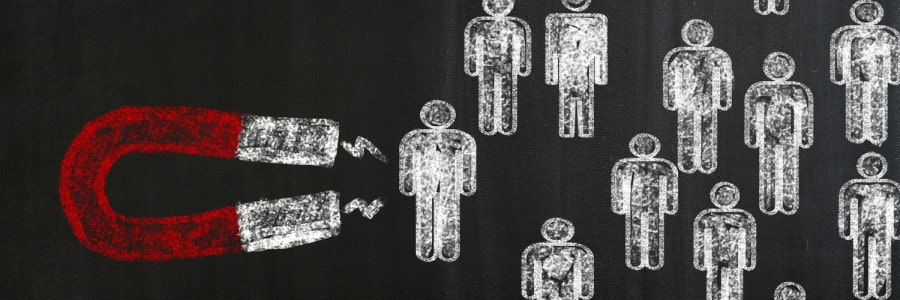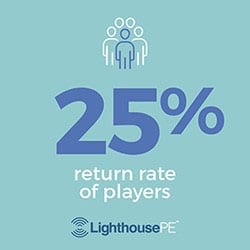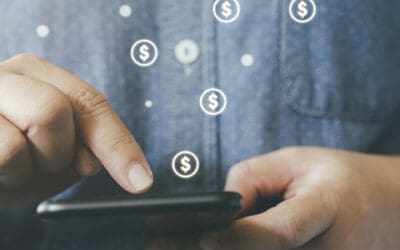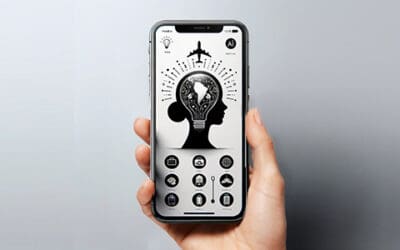
How to Get Back the Customer Loyalty You’re Losing.
At a conference recently, I was approached by a regional franchisor who wanted to ask me some questions about his customer loyalty program. In short, he wanted to know how each franchisee can increase the loyalty of each customer in turn, spurring more visits. I said to him, “Hold onto to your seat because this one is gonna hurt: Your customers aren’t loyal.”
The loyalty story is an illusion brands tell themselves to quantify their market share.
In reality, customers flip between several similar brands at best, and at worst, they are ready to dump a brand the second a better deal comes along. Of course, a brand will have its diehard fans, but there are not enough of them to sustain a business. The perceived notion in customer loyalty programs of “set it and forget it” simply doesn’t work. Loyalty is fleeting, and as such, it requires a vigilant approach.
To that end, let me start by saying this: In general, casinos have some of the best loyalty programs out there. But even they are constantly losing visits to the casino down the road. The bigger problem is that casino management teams have no idea just how many of their players are visiting other casinos, how many visits are being lost, and especially, which individual players are going to competitors. Fortunately, this is one of those cases where a technology solution really does work. To prove this out, I’ll show you one successful way we help clients get return visits at LighthousePE.
These days, good loyalty programs are tied to a smartphone via a native app.
Most of these apps are based on a system of information gathering, not information disbursement. Since LighthousePE is based on behavior design, we use its geofencing and beacon technology to determine behavior in relation to a brand.
In the case of casinos, we can use this technology to know when an individual player breaks the geofence of a competitor’s casino. When that happens, we send what we call a Turnaround Signal that entices someone to leave a competitor — to that player’s phone via a push notification. But it’s not just any push notification; the content is specific to what we know about that player’s behaviors and desires. For example, we may offer the player a free appetizer in the casino’s best restaurant because we know she likes to dine there. In short, its content strategically intended to change behavior in that moment and tempts the player to literally turn around and drive back to our client’s property.
 Using this type of signal, one of our gaming clients is averaging a remarkable 25% return rate of players to their properties. What took a couple of hours of time and a few hundred dollars shattered any standard of marketing measurement and became an amazing return on investment.
Using this type of signal, one of our gaming clients is averaging a remarkable 25% return rate of players to their properties. What took a couple of hours of time and a few hundred dollars shattered any standard of marketing measurement and became an amazing return on investment.
So, while loyalty may be fleeting, there is no denying the effectiveness of understanding the customer’s behaviors and wants.
Think about it this way — today’s customers expect loyalty to flow both ways. They want to know you are giving them your time and attention in a relevant, meaningful way, especially as an exchange for granting you an inside look at their data. Only by committing to getting to know them on a deeper level can you create the kind of messaging that changes the outcome of a potential lost visit.
You may also be interested in
Most Mobile Apps Don’t Make Money. Here’s Why.
Most brands believe their mobile app is making them money, when in reality, it probably is not. After all, when customers use a brand’s mobile app to complete a transaction, it doesn’t necessarily mean the mobile app is responsible for the transaction. It’s the...
Leveraging Artificial Intelligence (AI) to Uncover Sales Opportunities
Businesses are constantly on the lookout for innovative ways to maximize their revenue. Two of the most powerful sales techniques are cross-selling and upselling. Both strategies involve offering additional products or services to a customer during the sales process,...
How Adding True 1:1 Personalized Content to Your Mobile Marketing Can Generate Immediate ROI for Your Business
Personalized automated mobile marketing is more accessible and affordable than most business owners realize. It’s not just for large corporations anymore. It’s available for businesses of all sizes. With LighthousePE, your business can deliver deeply...
Personal AI Travel Itineraries Can’t Fully Deliver on the Promise of Personalization
Generative AI creates travel itineraries based on what everybody else has done, not what you’d like to do. The travel and tourism industry is all about inspiring people to have meaningful, memorable experiences when visiting a destination. Destination...





